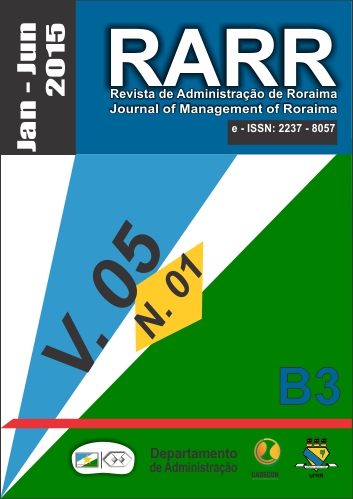A COMPARATIVE STUDY OF PRODUCT INVOLVEMENT IN GUJARAT
DOI:
https://doi.org/10.18227/2237-8057rarr.v1i1.2680Keywords:
Product Involvement, Affective Link, Search and Information Processing, Social Relevance, Social Interaction, Purchase PurposeAbstract
The concept of product involvement is a relatively new concept. However, in recent times, lot of research has been carried out in this area. Marketers are trying to study buyer behavior based on their involvement with a product or service. In this research also, two contrasting product were selected representing two extreme levels of product involvement. A residential house which is a high involvement product and a toothpaste which is a low involvement product. Product involvement was found out for these products based on the factors determining involvement as propounded by Carmen Garcia et al. Further, correlation analysis was conducted to test the relationship between the factors determining product involvement separately for both the products and it was found that for residential house, there is a positive and significant correlation between all the factors. However, the same was not found for toothpaste. It was found that in case of toothpaste, the correlation between all the factors was low and insignificant. Thus, this differing mindset of buyers was observed which would be helpful for marketers while designing their marketing strategy for their products and services.References
•Antil, John H., (1984), “Conceptualisation and Operationalisation of Involvement”, Advances in Consumer Research, Vol. II, Thomas C. Kinnear (ed.), Provo UT: Association for Consumer Research, pp. 203-209.
•Banwari Mittal (1989), "A Theoretical Analysis Of Two Recent Measures Of Involvement", in Advances in Consumer Research Volume 16, eds. Thomas K. Srull, Provo, UT : Association for Consumer Research, Pages: 697-702.
•Carmen García, Julio Olea, Vicente Ponsoda y Derek Scott (1996), Measuring Involvement From Its Consequences, Psicothema, 1996. Vol. 8, No. 2, pp. 337-349
•Hornik. J, Tali. T, (2010), Factors Influencing Product Involvement Among Young Consumers, in Journal of Consumer Marketing, Vol. 26(7), pp. 499-506.
•Muncy, James A. and Shelby D. Hunt, (1984), “Consumer Involvement: Definitional Issues and Research Directions”. Advances in Consumer Research, Thomas C. Kinnear (ed.), Provo UT: Association for Consumer Research, pp. 196-197.
•Sandhe Ashutosh, (2014), Consumers’ Approach Towards High Involvement Products and Low Involvement Products: A Study of Buying Behaviour in Vadodara, Pacific Business Review International, Vol.5, Issue 5, pp.75-85
•Zaichkowsky, J. L. (1985). Measuring the involvement construct. Journal of Consumer Research, 12 (December), 341-352.
•Zaichkowsky, Z.L., (1994), The Personal Involvement Inventory: Reduction, Revision, and Application to Advertising, Journal of Advertising, Volume XXIII, Number 4, pp-59-69





